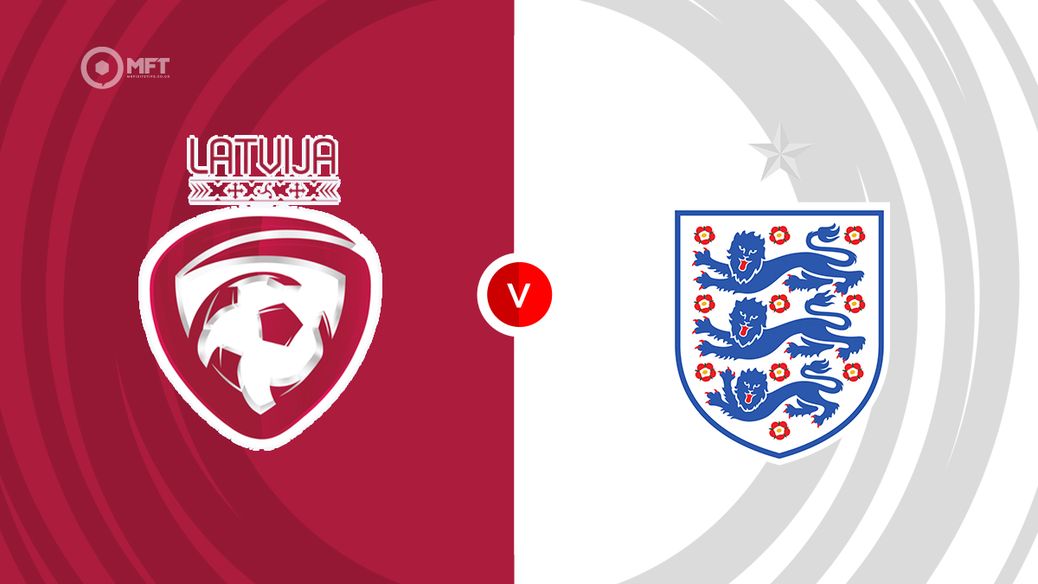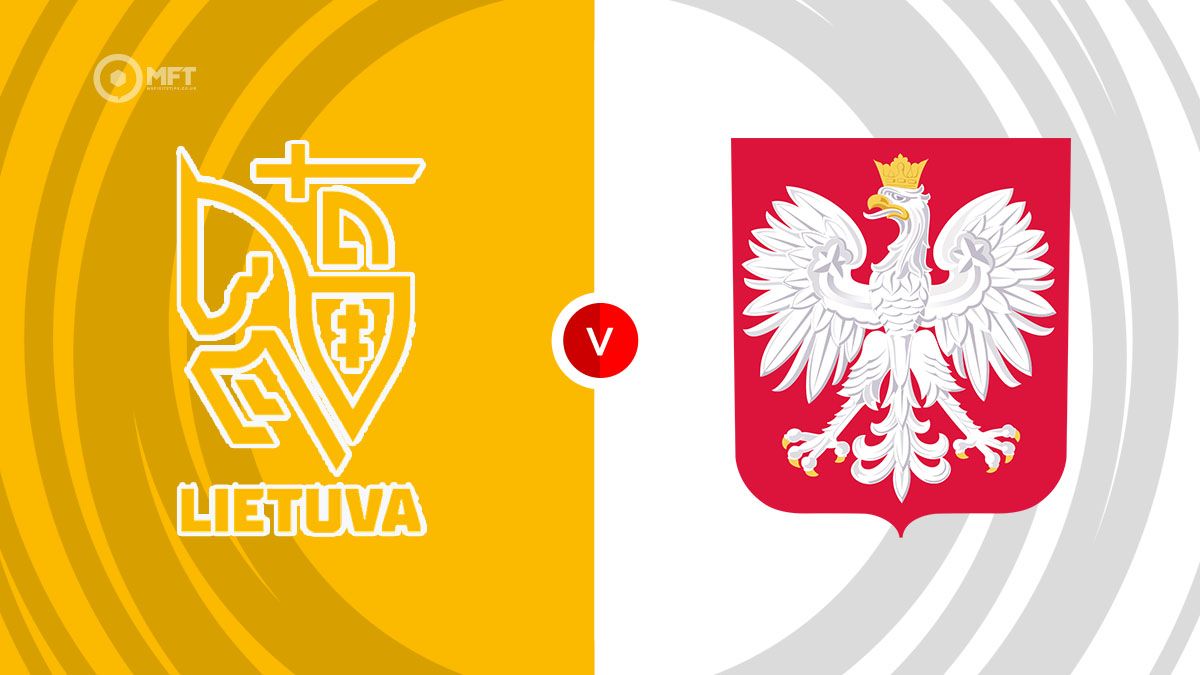
England travel to Riga knowing a win will officially seal their place at next summer’s World Cup in the United States, Mexico, and Canada.
Thomas Tuchel’s side sit top of Group K with a perfect record of five wins from five, scoring 13 goals and conceding none. They have dominated every underlying metric along the way, leading the group for both expected points (xPTS) and expected goals (xG), while opponents have struggled to create anything meaningful against them.
Their last outing, a 5-0 demolition of Serbia in Belgrade, was their most complete performance so far and underlined their growing rhythm in attack.
Tuchel’s arrival has brought sharper patterns in possession, and the balance of the side looks stronger with Declan Rice and Elliot Andersen anchoring midfield. Harry Kane continues to lead by example, supported by Morgan Rogers. England’s ability to control tempo and sustain pressure has been the defining feature of their qualifying campaign.
Latvia, by contrast, are near the bottom of the group with only four points from five games. They opened with a win over Andorra but have since failed to score in three straight matches.
Their xPTS total ranks among the lowest in UEFA qualifying, and their non-penalty xG figure sits below 0.7 per game. Defensively they remain compact, usually in a 5-3-2 or 5-4-1, but struggle to maintain shape under extended pressure.
They were held to a 2-2 draw at home to Andorra on Saturday and have conceded first in four of their five qualifiers. With England likely to dominate possession, Latvia’s focus will be on limiting damage. For Tuchel’s side, this is an ideal chance to confirm qualification with two matches to spare.
How the bookies view it: Visitors favourites
England are overwhelming favourites for Tuesday’s World Cup qualifier in Riga, priced at 1/16, which implies a 94% chance of victory. A draw at 14/1 carries just over a 7% probability, while Latvia at 50/1 represents barely a 2% chance.
The gap reflects the sides’ campaigns: England have won all five qualifiers, scoring 13 and conceding none, while Latvia have managed only one win and two goals.
Over 2.5 goals is 1/3 (around a 75% chance) and looks fair given England’s average of over 2.5 xG per game and their late-scoring habit. Both teams to score is 9/4, roughly 31%, but feels unlikely with England’s clean-sheet record and Latvia’s lack of threat.
Recent head-to-head: Three Lions show class
The two nations have met only once before, in March earlier this year, when England eased to a 3-0 win at Wembley in World Cup qualifying. That result underlined the gulf in class and approach between the sides. England dominated possession with 76% of the ball, creating a steady flow of chances while restricting Latvia to a single effort on target.
The match followed a clear pattern: Latvia sat deep in a 5-4-1 block and rarely advanced beyond halfway, while England controlled tempo through Declan Rice and Jude Bellingham and repeatedly worked space down both flanks.
Goals from Reece James, Harry Kane, and Eberechi Eze settled the contest, and the expected goals data (3.51 – 0.31) highlighted England’s comfort throughout.
Players to watch: Kane & Rogers to lead the way for England
Harry Kane anytime scorer and Morgan Rogers over 0.5 shots on target combine neatly as a value double based on current form and underlying numbers.
Kane has scored four goals in four World Cup qualifiers and five in his last five games for England, maintaining an average of 3.5 shots per 90 minutes with xG close to 0.9 per game. His finishing has been clinical, hitting the target with five of eight qualifying efforts.
Against a Latvia side who have conceded first in four of five qualifiers and allow over 1.7 xGA per match, Kane should see plenty of service inside the box and remains England’s most reliable route to goal.
Rogers, meanwhile, is in strong attacking rhythm. Across his last five club and international games, he has produced 17 shot-creating actions and landed five shots on target from midfield.
He scored in England’s recent 3-0 win over Wales and averages 0.7 xG+xAG per 90 minutes. His directness and ability to drift into shooting positions make over 0.5 shots on target highly achievable.
Both selections align with form, role, and matchup it is a logical, data-backed double.
Predicted line-ups
Latvia (5-3-2): Zviedris, Jurkovskis, Cernomordijs, Balodis, Savalnieks, Ciganiks, Zelenkovs, Saveljevs, Varslavans, Gutkovskis, Sits
England (4-2-3-1): Pickford, Spence, Konsa, Stones, Guehi, Rice, Anderson, Saka, Rogers, Gordon, Kane
Anything else catch the eye?
England to score over 2.5 goals and register over two first-half corners looks a strong double given how both sides have approached qualifying.
Across five matches, England have averaged 2.6 goals per game and generated an impressive 2.35 xG per 90, the highest in Group K. They have also created 16 big chances, converting 13 of them, while limiting opponents to just two.
Their attacking output continues to trend upward under Tuchel, with faster ball circulation and more central penetration from midfield. Against Serbia last time out, they produced 20 shots and 10 on target, a reflection of their territorial control and ability to sustain attacks.
Latvia’s defence has faced an average of 16.4 shots and 5.2 on target per match, and their low defensive block has struggled to deal with sustained pressure. They have allowed 1.75 xGA per game, which makes another multi-goal defeat likely. England’s wide play, set-piece threat, and second-phase movement should ensure consistent opportunities inside the box.
Corners reinforce the same pattern. England have won 3, 4, 8, 4, and 3 first-half corners in their five qualifiers, an average of 4.4 per game, while conceding less than one. Latvia, meanwhile, have a negative first-half corner differential at home, recording just seven for and nine against in their last three games.
England’s early tempo and use of width typically force teams deep, creating multiple corner situations before the interval.
With England expected to hold around 70% possession, the chances of sustained attacks are high. Over 2 first-half corners should land comfortably, while over 2.5 team goals fits the statistical trend of dominance against sides ranked outside the top 100. Everything points to another controlled and clinical performance from Tuchel’s team.


































 GambleAware
GambleAware